The new Apple Watch Series 6 opens the gap between the Apple Watch ecosystem and its competitors even wider — but it doesn't give that much more to Apple Watch Series 5 owners.
Apple Watch: Take 6
Like clockwork, Apple has updated the Apple Watch with new hardware features, a fresh coat of paint, and a spiffy new OS to help deliver those features to users. There's more to talk about regarding Apple Watch than there ever has been in the past. There are more colors than ever, more sensors than ever, more use cases for Apple Watch thanks to Family Setup, and more features to test.
While this is arguably the most exciting Apple Watch yet, it's hard to see that versus the Apple Watch Series 5. There aren't easy ways to benchmark the watch, nor any real need to. For most, the decision which watch to buy will come down to the health focus, and which sensors you get on the model that you can afford.
Key specs
- All-day 18-hour battery life
- 40mm and 44mm sizes three materials and nine colors
- Health monitoring sensors such as SpO2, ECG/EKG, heart rate, fall detection, noise levels, & more
- Sleep tracking
- Water resistant
- Expanding list of fitness features, including the upcoming Apple Fitness+
- Optional cellular connectivity
- Many straps to choose upon purchase
- Siri at your beck and call
- Family Setup brings Apple Watch to more users
This year there are a massive nine colors of Apple Watch encompassing three different materials. Titanium holds over this year as the most premium material, coming in space black and natural colors. Then there is stainless steel that comes in a glossy silver as well as the new graphite dark colorway. Finally, there is the mass-appeal aluminum models that come in silver, space gray, blue, and (PRODUCT)RED.
Ceramic has been killed off (again), leaving titanium as the highest-end of the materials, with an asterisk. The luxurious Hermes models are still around and they come in stainless steel. That's the same silver as the standard stainless steel models but also in space black.
Space black was a normal stainless steel colorway offered in the past but is replaced with graphite in this year's lower-cost lineup.
We chose graphite this year, and immediately noticed the substantial difference in color compared to the space black. In bright light, it looks silver-ish rather than the deep, dark color of the space black. If you preferred the darker color, the only option is now to go with the Hermes offering, putting it well outside the reach of most users.
Graphite aside, we also have the stunning red aluminum version on-hand. The red is bright and vivid, exactly as you'd expect a (PRODUCT)RED version to be. Unfortunately, the blue aluminum has been sold out since launch and we've been unable to get it here in our offices. Based on pictures shared on social media (and the lack of stock) it seems the blue will be quite the popular option this year.
Users often want a physical way to differentiate their device to show it off as the newest which is why we expect both the blue and the red to maintain their popularity through this release. We saw similar interest in the green iPhone 11 Pro when it debuted.
Beyond the color scheme, the latest Apple Watch looks very familiar. It is offered in the same 40mm and 44mm sizes as before and fortunately works with all bands introduced to date.
The aluminum version still uses the ionX glass always-on Retina display while titanium and stainless both come with the more scratch-resistant sapphire. The back crystal of the Apple Watch has been redesigned with four LED clusters that are used for the ECG functionality and the new Blood Oxygen app. It is also home to four photodiodes for use with the Blood Oxygen app and a conductive ring for assisting with measuring your heart rate.
Teardowns reveal other changes this year including a more powerful Taptic engine (though we didn't notice much of a difference ourselves) and the removal of the Force Touch sensor. The removal of Force Touch will be mourned by many as it complicates many actions on Apple Watch but it does allow for the slightly larger battery found within.
Even though that battery is a bit larger, you won't see any huge gains in battery life. Apple brightened the always-on Retina display when it is in its inactive state: more on this later. Due to that increased brightness and other background sensors such as the new always-on altimeter, the battery life stays the same at 18 hours.
watchOS 7
Running the show on Apple Watch Series 6 is watchOS 7. It is easily the biggest update to watchOS to date. Apple maintains a micro-site on all the features of this update, but we wanted to touch on a few of the big features, and how they apply to Apple Watch Series 6 owners.
Watch faces
With this update, users now have access to Artist, Chronograph Pro, Typograph, Stripes, GMT, Count Up, & Memoji faces. Existing faces also got upgrades with new complications and features. The Photos face for example now has several new filters to overlay.
Multiple complications for one app are now supported too. Think of a weather app like Carrot. You can put the chance of rain in one position, the humidity in another complication, and the five-day forecast in another. The Compass app is even able to display your heading in one position and your real-time elevation in another. As developer app updates continue to roll out, we'll see more and more uses for this.
Another welcomed feature for the watch face is the ability to share faces. You can now tweet, message, or email any face you've created. The recipient can then add it to their own Apple Watch, including being prompted to download any apps that were used to create it. Apps such as BuddyWatch offer a browsable gallery of well-designed faces you can add with ease.
A little known feature also lets you change the face based on location or time of day thanks to the Shortcuts app, which is now on Apple Watch.
Developers still can't create their own faces but it seems we may be inching, ever so slowly, towards that future.
Sleep tracking
The next major update to land with watchOS 7 is proper sleep tracking. This includes a new dedicated Sleep app, a night mode for the watch that keeps the display off (or very dim if awoken), and daily recaps of your sleep goal.
It all syncs back to the Health app on your iPhone for tracking over time. Wind Down helps by enabling do not disturb and showing you shortcuts on your iPhone such as maybe one to open a white noise app or one to dim the lights.
Apple's take on sleep tracking isn't the most comprehensive. We prefer Pillow as Apple's Sleep doesn't give you a breakdown of your heart rate or light versus deep sleep for the actual tracking. But, Apple's deep integration across multiple apps and platforms make it the most usable.
Wind Down, bedtime alerts, gentle wake up vibrations with your alarm, a dimmed watch face, Sleep Mode, charging alerts, and the "good morning" wakeup screen are all things only Apple can do.
Family Setup
A big change this year is Family Setup. Now users who may not have an iPhone now are able to use Apple Watch by setting up the watch with someone else's iPhone. This is clearly targeting older family members or kiddos without a phone of their own.
Once the watch is activated, it can run entirely on its own. They can have their phone number to receive calls (which can be set to only allow calls to and from specific numbers), their own Apple IDs, and more. They can message, make FaceTime audio calls, fill their own Activity rings, and go dark during school hours with Schooltime.
Apple Cash Family allows parents to send money using Apple Pay, like an allowance for chores well done. Then they can spend that money on their own Apple Cash card via Apple Pay.
Parents can see where their kids are and get alerts when they come and go.
It is a huge change for Apple Watch that only unlocks its potential for even more users. The only downside is it requires a cellular Apple Watch to set up, which does make it a bit more expensive. Fortunately, the Apple Watch SE does help with that.
Other notable changes
But there is much more in this update. The Maps app now supports cycling routes — including alerts where stairs are present.
Handwashing arrives just in time for the global pandemic, though Apple had it planned much earlier. It lets you know how long you've washed and can remind you to wash your hands when you arrive home. Of course this data syncs back to Health.
Siri now has on-device dictation support which makes it much faster and it can translate ten different languages.
And hearing health is improved by monitoring your headphone level as well.
SpO2 — The new sensor in town
New with the Series 6 is an integrated blood oxygen sensor. it works in a similar fashion to the ECG sensor. It shines a myriad of lights onto the back of your wrist and a sensor measures the light that is reflected back to determine the oxygenation of your blood.
Blood oxygen levels are a useful wellness indicator, letting you know how well your body is absorbing oxygen and how it is delivered to your body.
During setup, the Watch app asks if you'd like to use the Blood Oxygen app, which can always be disabled later. The Blood Oxygen app will guide you through the process and provide helpful tips to ensure an accurate reading. Such as how to wear your watch, how snug it should be, where on your wrist, and that you should try to keep still. With that in mind, you can begin your test which takes only 15 seconds to complete.
You can manually take the test yourself but the app can also take a reading if you wear your Apple Watch to bed. All your readings are then saved to the Health app on your iPhone.
Unlike many reviewers out there, I had no issues measuring my blood oxygen level. This isn't surprising but just highlights the variability in these biometric measurements.
Success could come down to the snugness of your preferred watch band, and maybe viewable blood vessels atop a wrist. Regardless, Apple Watch was able to successfully read my blood oxygen level each time without issue.
But once I got my measurement, my reaction was largely... "OK, now what?"
Apple doesn't give much guidance on blood oxygen measurements, partially because it feels early for the new sensor. Unlike the AKG that debuted with "de novo" classification from the FDA, no such clearance comes with the Series 6's blood oxygen sensor. Instead, Apple clearly advises users that it is intended for wellness and fitness purposes only, and not to be used for medical decisions as a normal FDA-cleared finger-based SpO2 sensor.
So once I took my first reading, I wasn't all too clear what to do with it. Is this a measurement I should be trying to improve? How often should I manually measure my blood oxygen level? And of course, how accurate are these readings if they lack any formal certifications?
Needless to say, I read up and researched plenty which is in and of itself helpful to my overall health to better understand this important metric. As for accuracy, this was something I could reasonably test.
The absolute best way to measure blood oxygen levels is through a blood test, but beyond that are the widely-used finger pulse oximeter sensors that give you a reading in moments and tested by the FDA. Mine was around $60 from the pharmacy down the road.
I repeatedly tested my SpO2 level multiple times a day for several days both on my Apple Watch and on my standalone unit. Typically, I saw my Apple Watch within one percentage point of the off-the-shelf device. Often, it was on the nose. At most, I saw a three-point discrepancy, but it was only once over the course of my testing.
Measuring my blood oxygen level is interesting, similar to a friend wanting to use my glucose meter to test their own blood sugar levels (don't worry, I swap the lancet before letting them try). It is cool to see, but it is good for most people and most people won't be testing or looking at it all too often.
There will be some people who find it crucial and much more convenient than having a standalone sensor with them, but it likely won't be a mass appeal feature.
Coming from the Apple Watch Series 5
Unlike, say the entry-level iPad, Apple Watch is one of a few Apple devices that users have a tendency to upgrade year-over-year. The Apple Watch Series 5 had some substantial changes including Apple's first always-on Retina display. We've been using it for the past year and have now made the jump to the Series 6.
Initially, we were fairly underwhelmed at the move to Apple's sixth-generation wearable. Core functionality remains the same and the addition of the always-on altimeter and blood oxygen sensor wasn't even close to being reason enough to warrant an upgrade.
But as Apple tends to do, it is the small details that have made living with the wearable a better experience.
We started to notice the brighter display. As the weather cools, we've been out doing a lot of yard work and it is significantly easier to read what is on the display without having to move our wrist. The inactive state is more legible — as it should have been a year ago.
It also made a difference while we were working out. The vivid fluorescent lights in our workout space washed out the dim face on the prior-gen, but now we could quickly glance our workout more easily. It isn't entirely perfect, glares and other times still required us to lift our wrist, but it was absolutely an improvement.
Another benefit for us was the speed. Out of the box, opening apps and other tasks weren't too much faster than it was in the past. But when we had to reboot our watch, we noticed that the new Apple Watch rebooted 15 seconds faster on average. Another area the speed was apparent was Siri. When we'd raise our wrists to invoke the titular virtual assistant, Siri's animation would start much quicker than before and felt more natural and seamless.
Apple's "loud environment" alert was also quicker, now letting us know faster and more reliably when we were in a loud environment that could potentially damage our hearing if we stayed in its presence for too long. This feature has been around, but it triggered much quicker on this new model, as did the auto-unlock feature for Mac. It now unlocked our Mac Pro and MacBook Pro almost twice as fast as before.
The Apple Watch doesn't lend itself, nor particularly need, screechingly fast Wi-Fi speeds, and we didn't see anything that suggested that the 5Ghz Wi-Fi support that the Series 6 has adds anything notable. Connectivity and responsiveness remain the same versus the Series 5.
This update also brought faster charging. It takes only an hour and a half to fully charge the internal battery which makes all the difference when you wear your watch all day and then all night. We topped ours off in the morning and at night before bed and were always left with a full charge, no issue.
One change Apple didn't make though was the charger. We held out hope Apple would include a USB-C charging puck rather than USB-A, but alas, you will have to buy that on its own.
There were other speed improvements too, but as we said before, it seems the S6 is designed for the future, and not just right now.
Should you buy the Apple Watch Series 6?
The Apple Watch Series 6 is an outstanding smartwatch, surprising nobody. Apple continues to fill in weak spots with the massive watchOS 7 update, new features, new sensors, and new colors. Anyone who is looking for an Apple Watch will be thrilled with Apple's latest wearable.
Where it falls short is in motivating Apple Watch Series 5 owners to upgrade. Motivating features are few and far between for those who picked up a watch a year ago or maybe even two years ago. But that doesn't change just how good Apple's wrist-worn computer is.
We can't say enough good things about it — from its gorgeous colors, to its well-implemented ( and long-overdue) sleep tracking, to its impressive speed and smoothness. Apple Watch continues to pull our eyes away from our iPhones and is becoming more and more a necessity for daily use.
Apple even updated its band lineup this year with not one, but three new styles. This is huge because we don't need yet another sports band, so we got to bundle our watch with the new Braided Solo Loop. A new Leather Link and Solo Loop are also available to pair.
The only reason we'd say not to buy the Apple Watch Series 6 is if you instead prefer to opt for the lower-priced Apple Watch SE. It drops the SpO2 sensor, always-on display, and trade the Series 6 for the Series 5, but is otherwise fully capable. We're sure many will go for this cheaper version, which just increases the number of people with an Apple Warch on their wrist. But if you want the best-of-the-best with the most features, the Series 6 is where it's at.
Pros
- Great new color options
- Welcomed new band options
- Brighter display is helpful in situations
- Always-on altimeter is great for those who need that data
- SpO2 measurements are anecdotally interesting
- watchOS 7 brings a ton of great features
- Family Setup brings Apple Watch to more users
- Speed is noticable in many every-day uses
- Faster charging is necessaary for those who wear all day and night
Cons
- Space Black is now an Hermes exclusive
- Not a huge upgrade year-over-year
- watchOS continues to excel
- SpO2 measurements aren't all that useful for most people
- No USB-C cable for charging puck, still USB-A
- Family Setup requires cellular watch
If you have an Apple Watch series 4 or older, we give the Apple Watch Series 6 a
Rating: 4.5 out of 5
. Otherwise, it's best to look at the Apple Watch ecosystem on a longer timetable, and not something you need to upgrade every year.
Apple Watch Series 6 deals
Apple resellers have already issued deals on Apple Watch Series 6 models, with several styles on sale with double-digit discounts.
Check out the lowest Apple Watch 6 prices in the AppleInsider Price Guide.
 Andrew O'Hara
Andrew O'Hara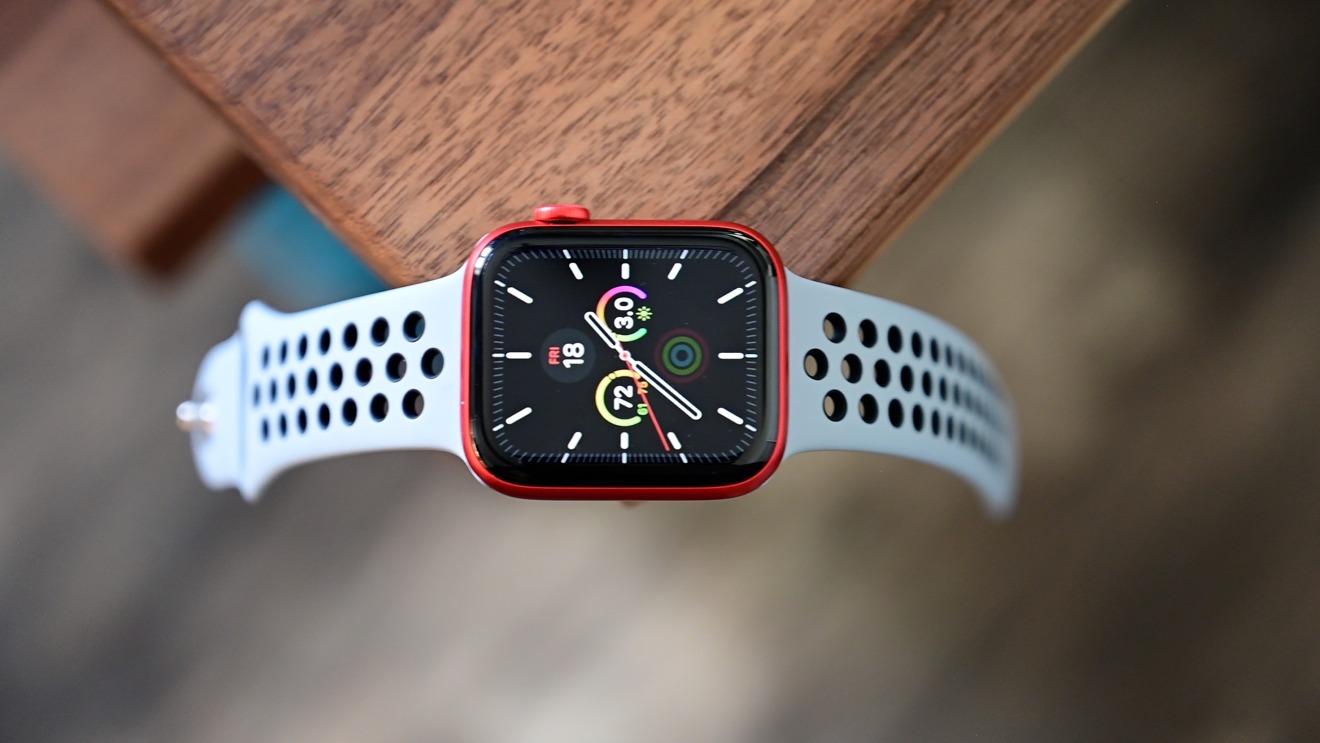

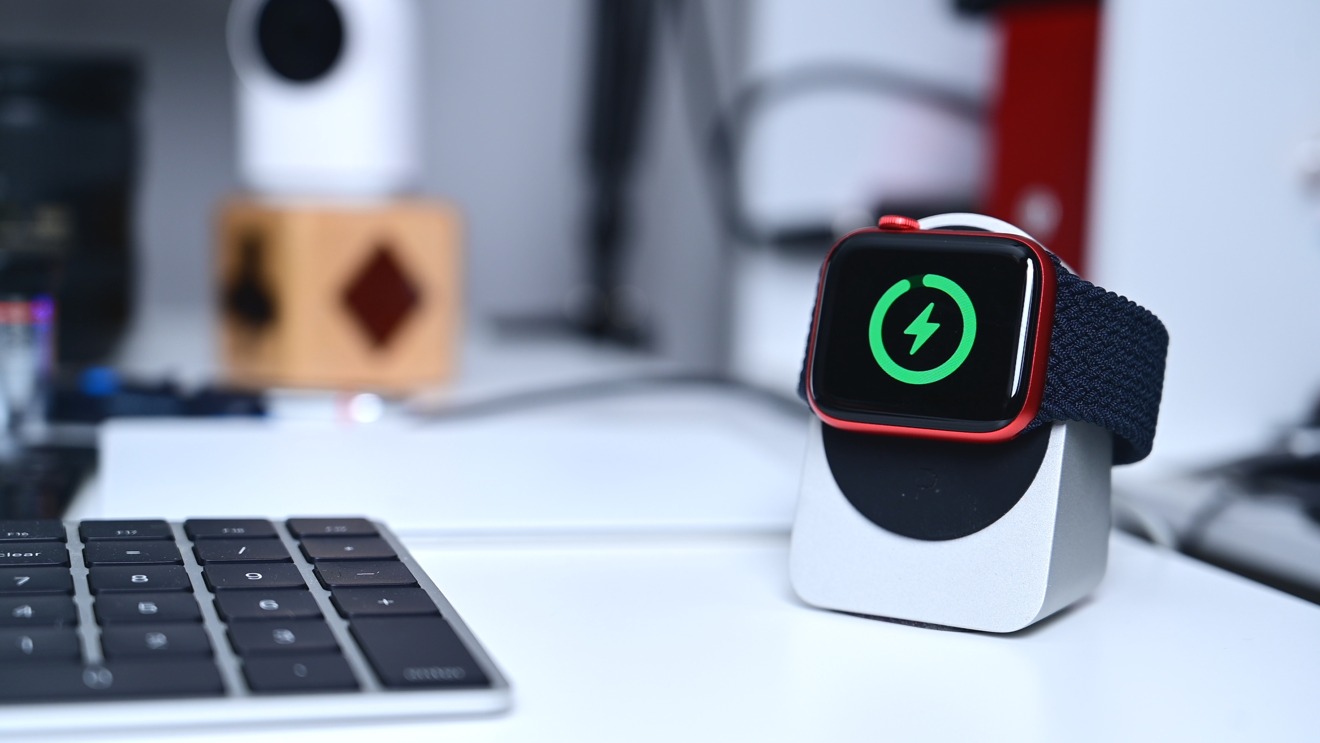
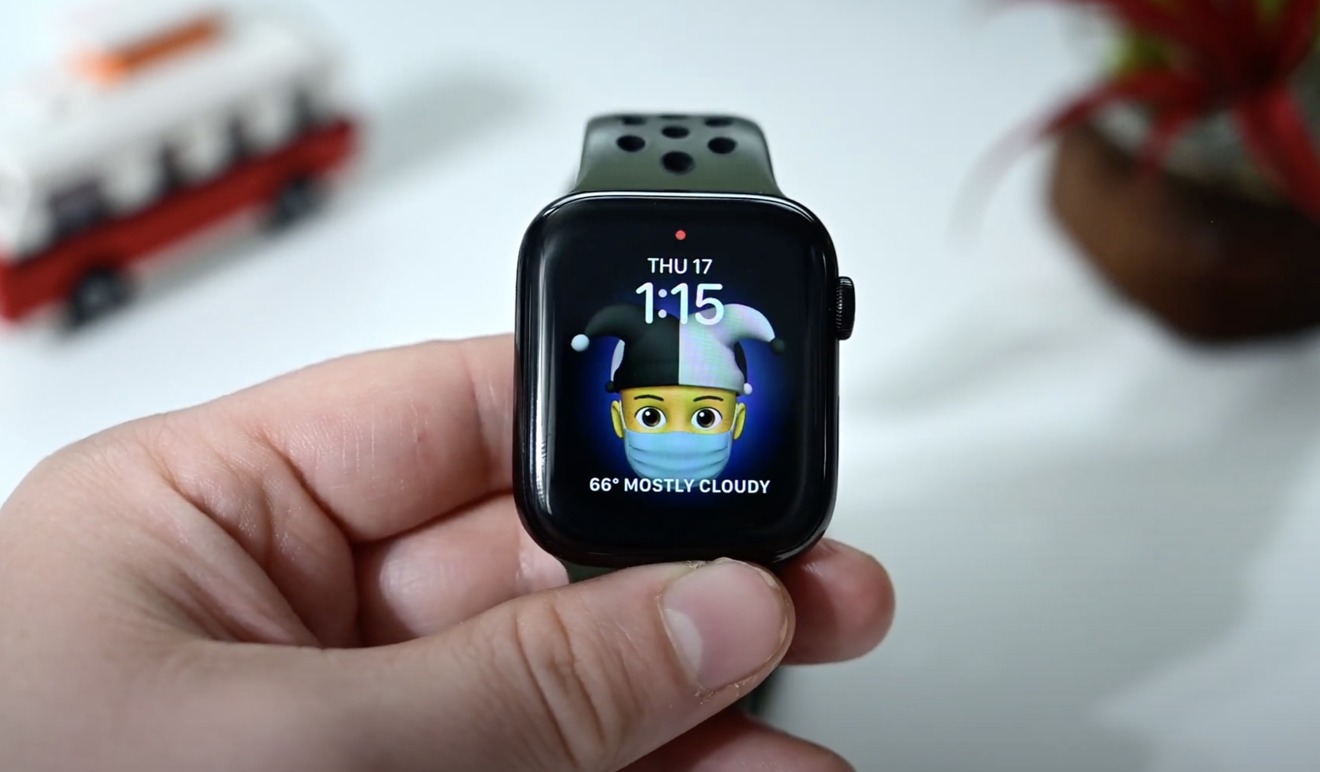
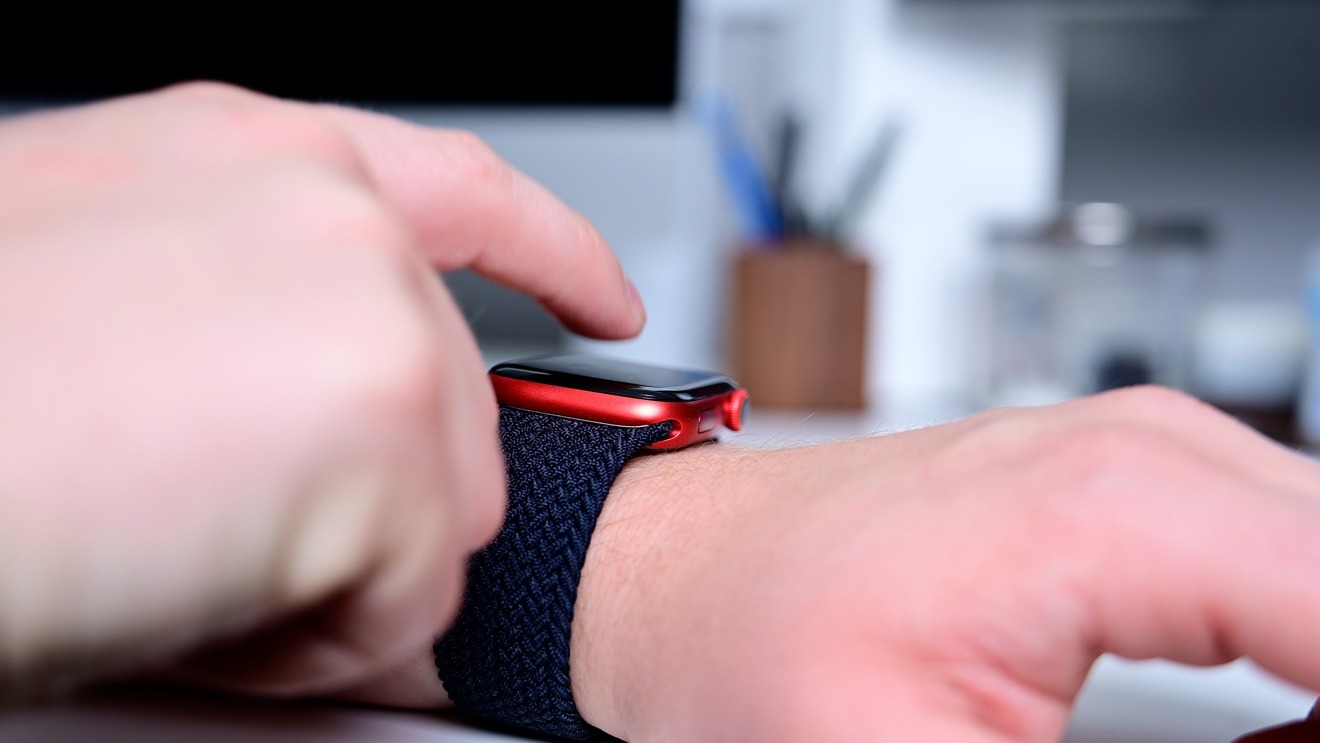
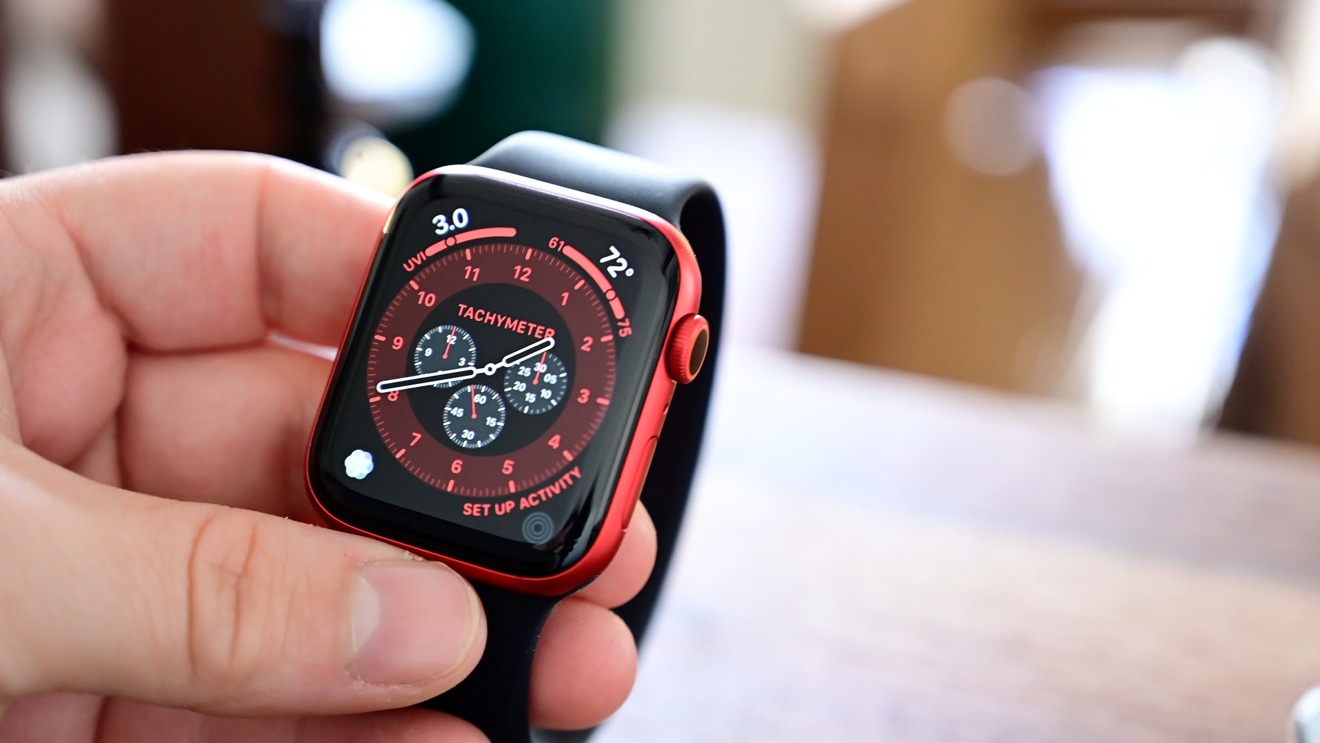
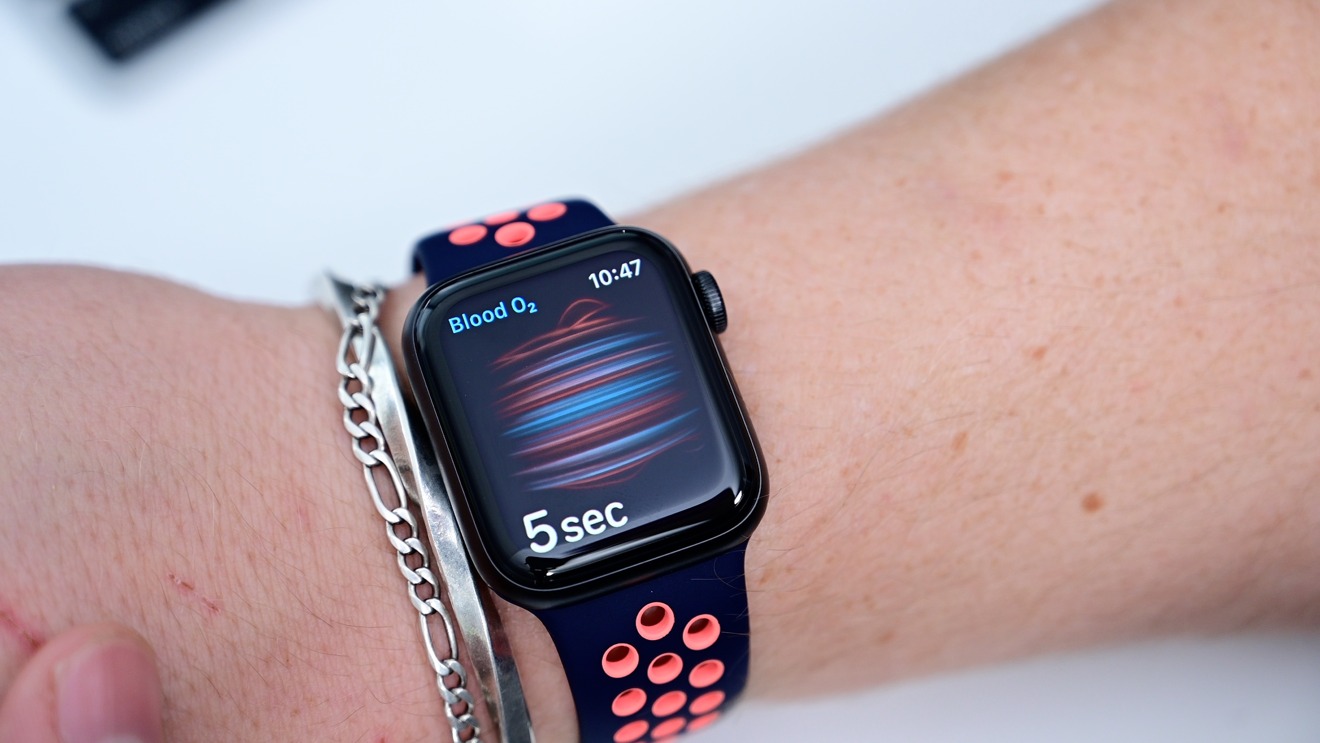
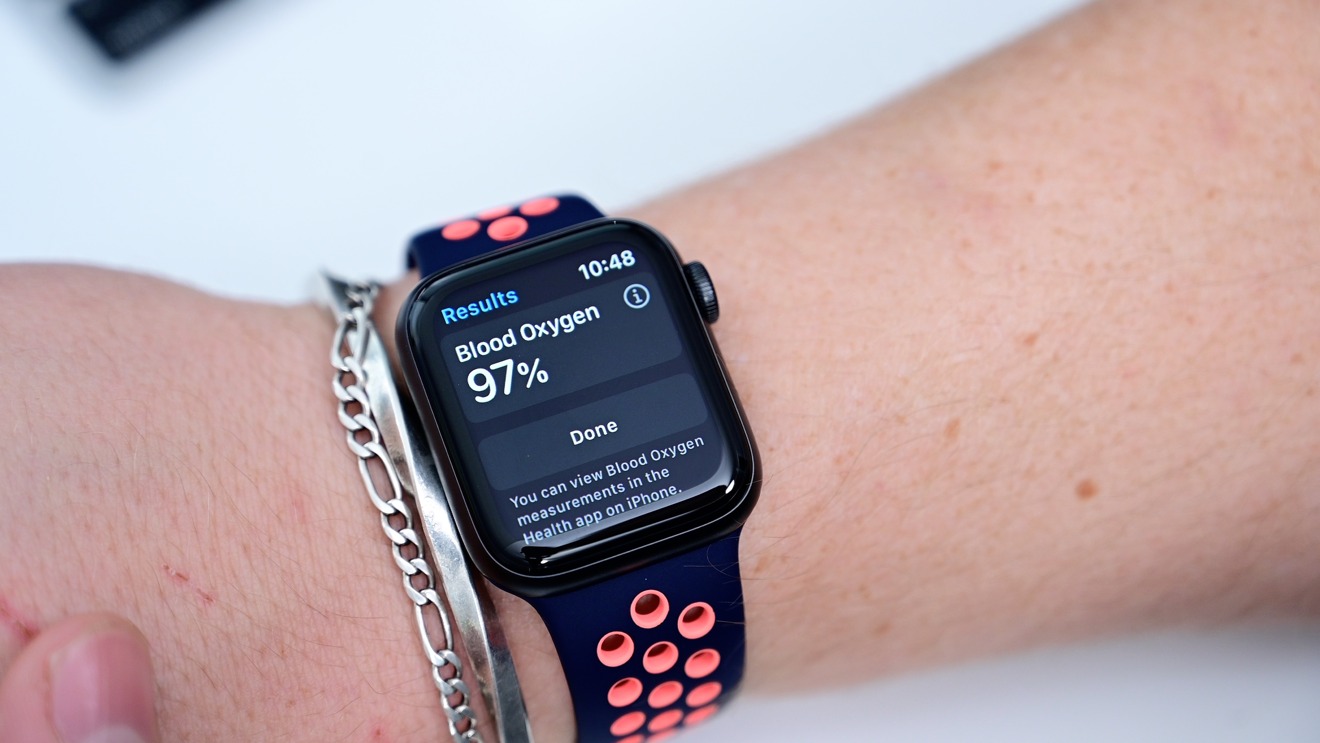
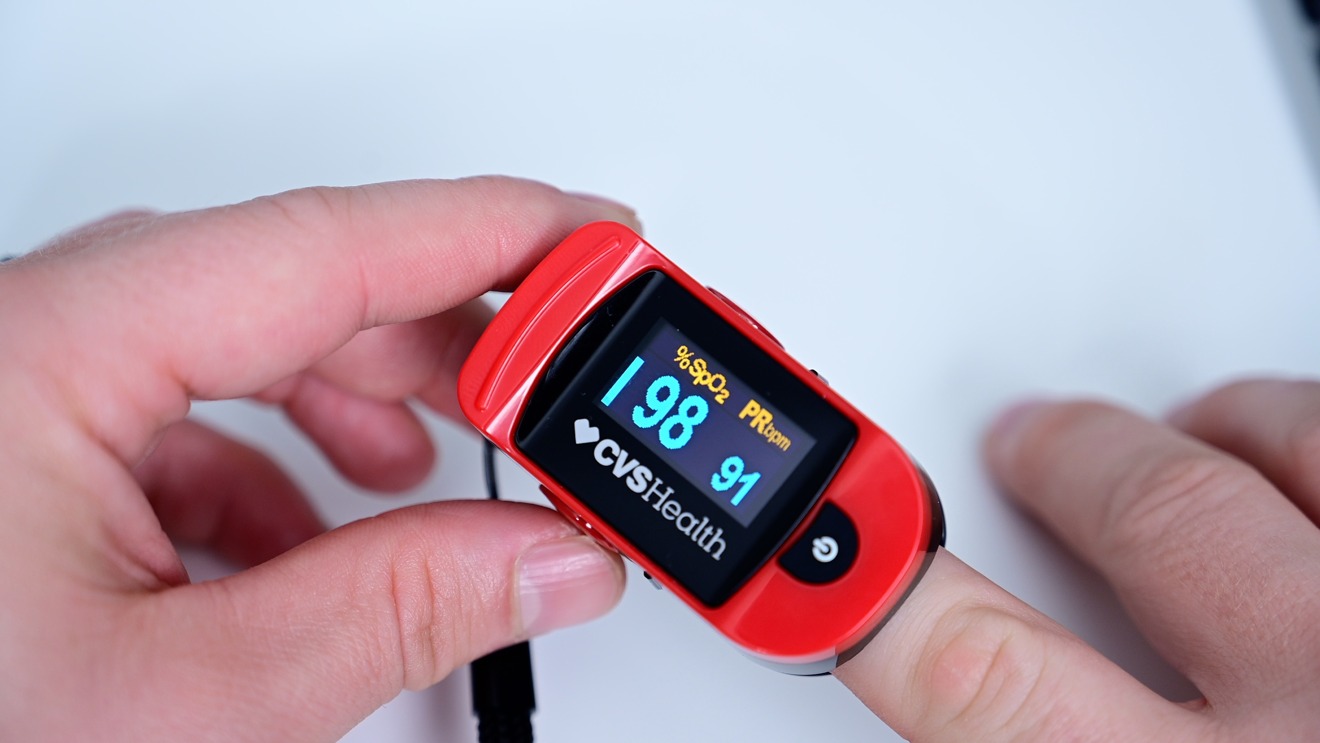
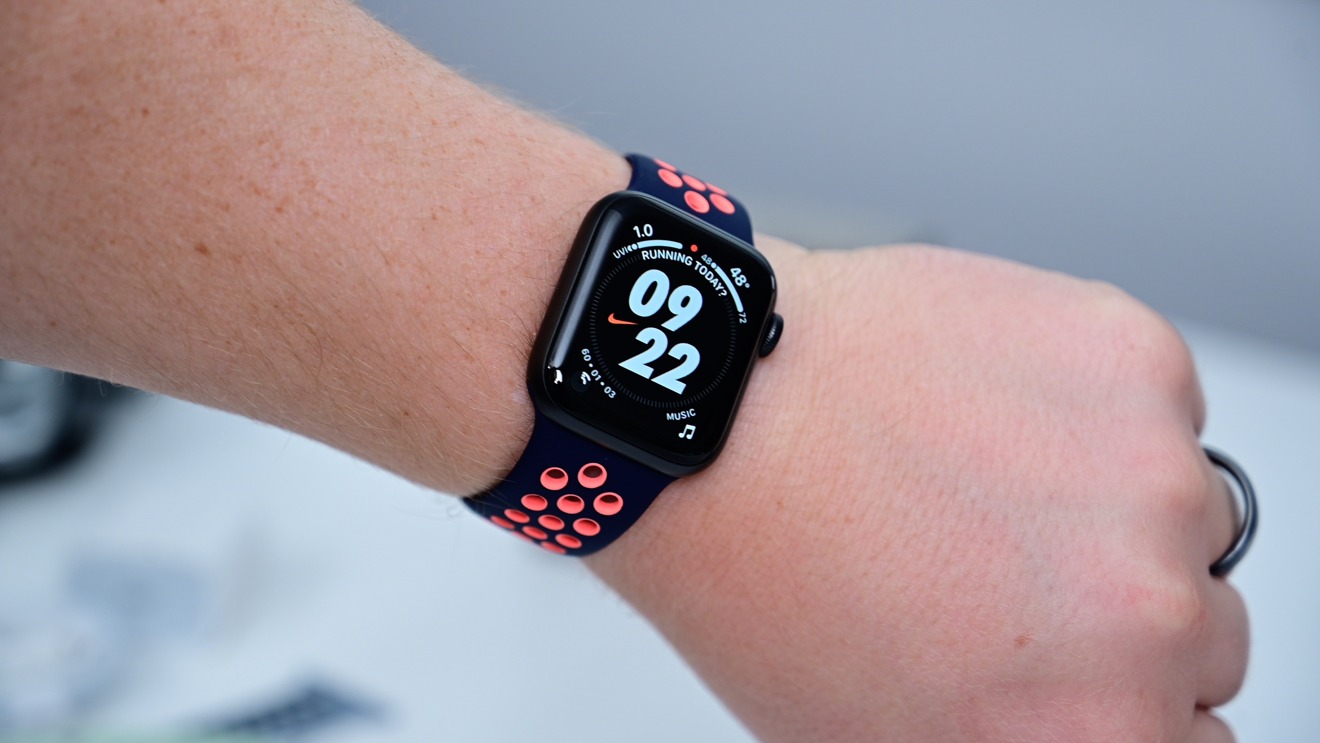
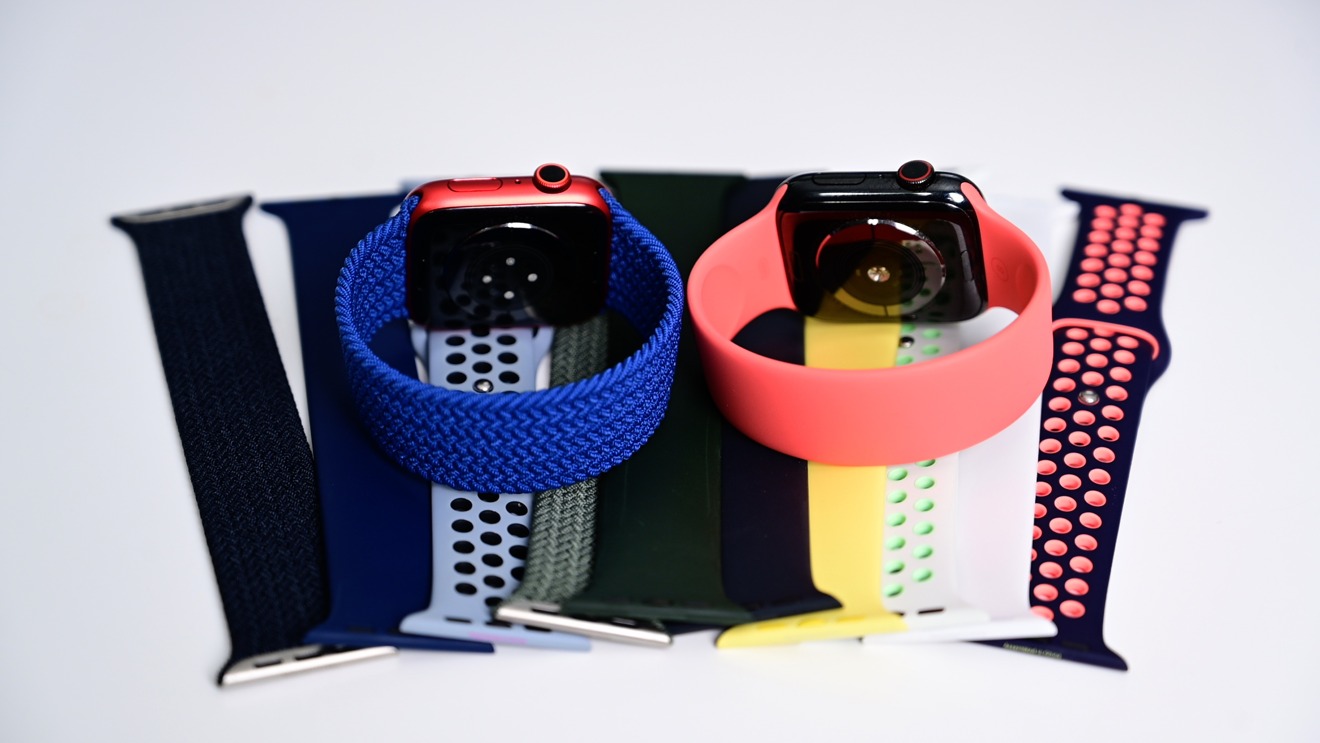
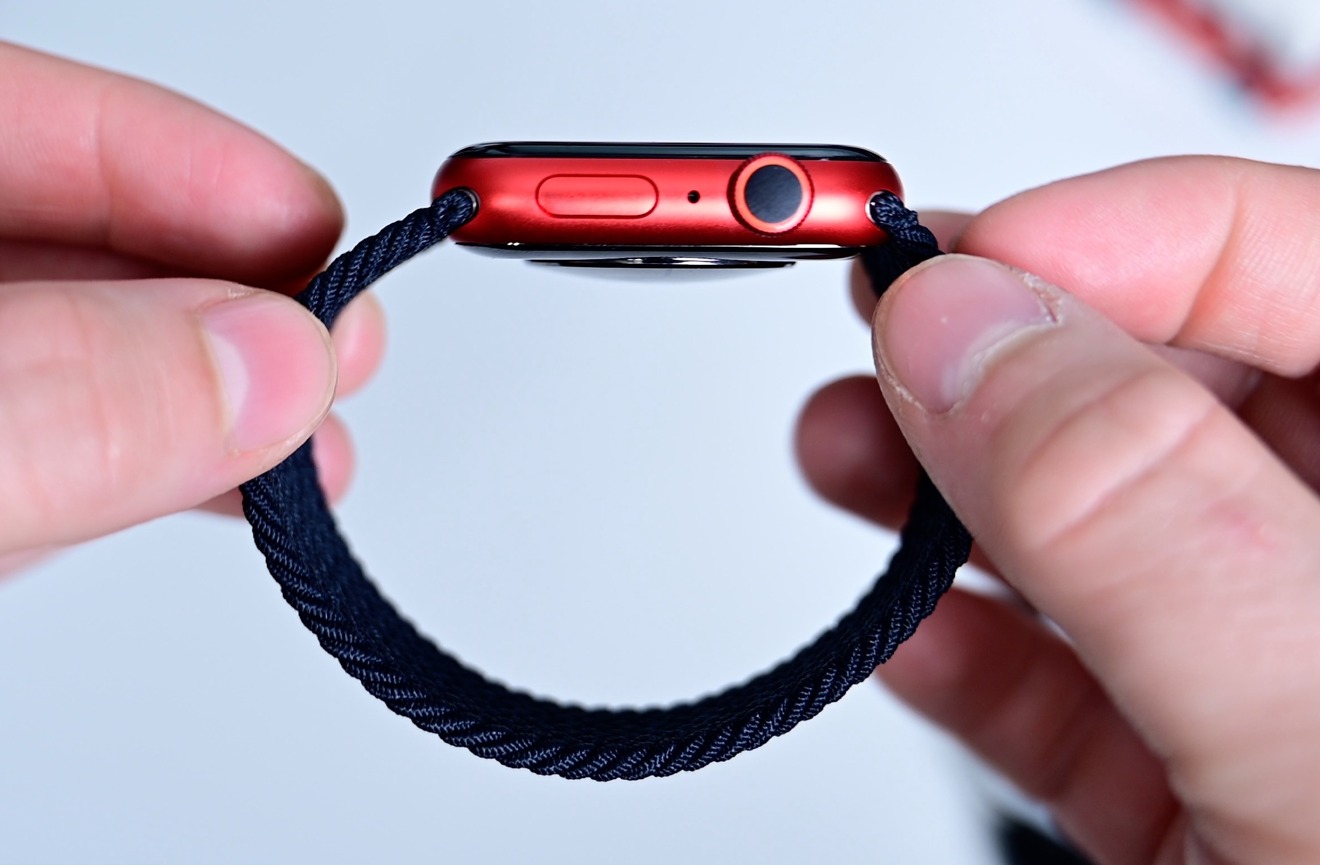







-m.jpg)






 Brian Patterson
Brian Patterson
 Charles Martin
Charles Martin


 Malcolm Owen
Malcolm Owen
 William Gallagher
William Gallagher
 Christine McKee
Christine McKee
 Marko Zivkovic
Marko Zivkovic









25 Comments
I’m going from a GOLD Aluminum 44mm Series 5 to a BLUE 44mm Series 6 because and only because of the color. Blue is my favorite color. If blue wasn’t added to the line I would have kept living with my Series 5. But I have to have that beautiful new BLUE Series 6 with the Atlantic Blue Braided Solo band.
My only dilemma is if my size is a 5 or 6 Solo band? Can’t tell for sure yet. I used the paper template Apple directs buyers to print, cut out and use to determine my size but I’m somewhere between 5 and 6 so I can’t tell for sure which length I should order.
...it’s really not supposed to. Normals don’t do that. And Apple payment plans are 24 months.
As for blood oxygen, one useful thing is for COVID patients. My brother had to get himself to the hospital when his blood oxygen went down below a threshold. The AW is also adding a recording for your VO2 Max, which is a useful indicator of health. You can actively work on improving this via cardiovascular exercise. HIIT has proven effective at this, including the Tabata Protocol of 4 minutes a day, 5 days a week. More info:
https://www.sciencefocus.com/the-human-body/hiit-is-changing-the-way-we-workout-heres-the-science-why-it-works/
https://www.mobihealthnews.com/news/apple-adds-spo2-v02-max-apple-watch-series-6-launches-three-new-studies
Hi;
I made the decision to move from Watch 4 to the new version 6.
- Better display
- Sp02 sensor (very important to me).
“
So far, a great improvement over my AW4.
However, the oxymeter is a bit fussy: I always have to loosen the band, move it further up my arm, and leave it looser-than-'snug' to get a reading. Otherwise, too many "Unsuccessful Measurement" errors. It is nowhere as near smoothly implemented as the ECG or the BPM apps. Hope there's a software fix soon.
That said, I've compared the readings I get to an actual FDA-approved pulse oxymeter I own: despite articles to the contrary, AW's readings are rather spot-on. In fact, plus or minus one point of the FDA-approve device every time.